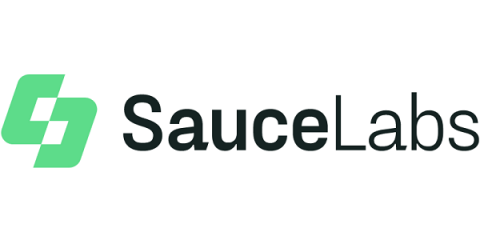What Functional Tests Overlook, See It with Visual Testing
Organizations strive to deliver the best possible digital experience to their customers. One way to ensure this is by testing their applications, and many organizations perform functional testing to verify that the application behavior is working correctly. However, there are areas that functional testing cannot cover. This is where visual testing comes in.










